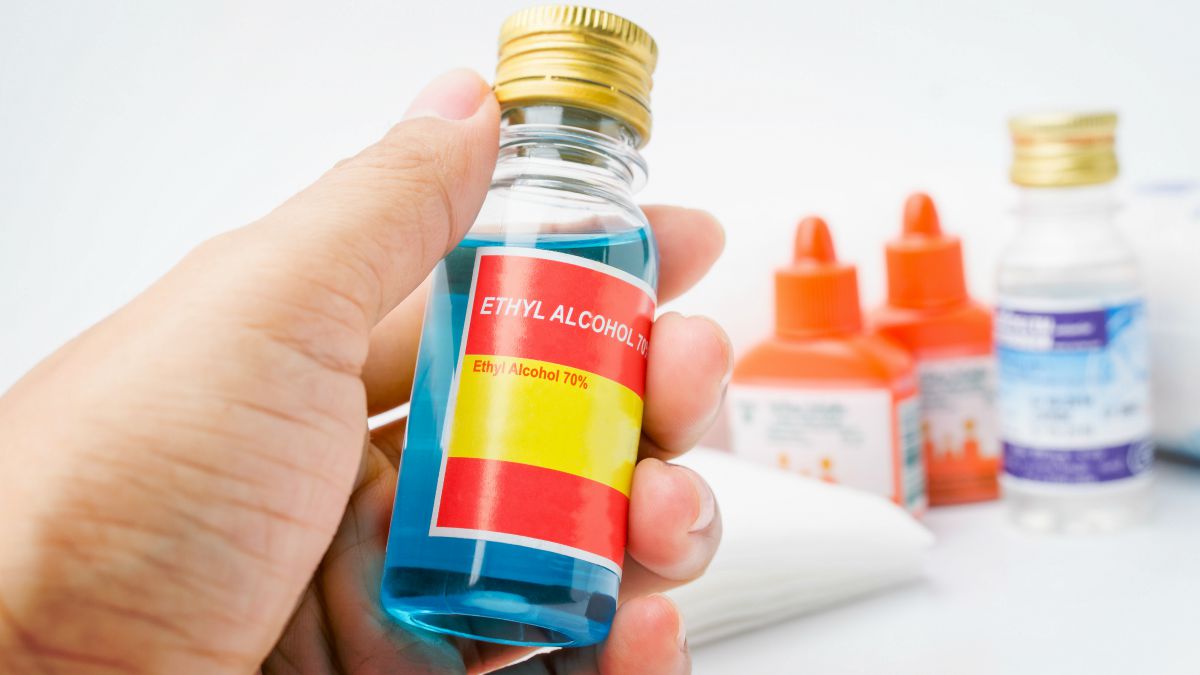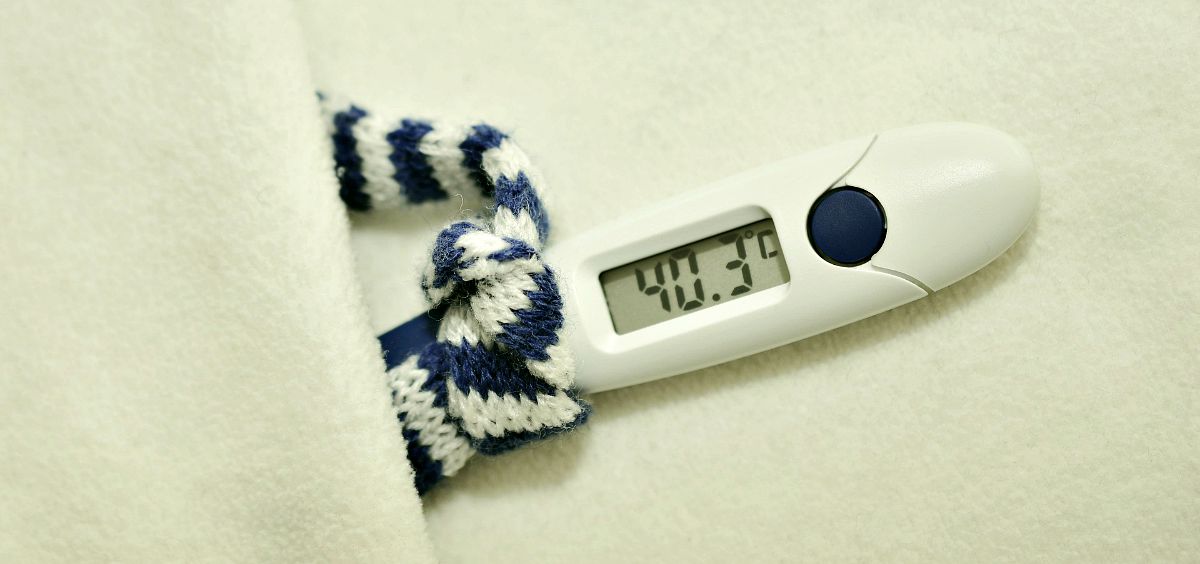The blog post How To Build A First Aid Kit was first seen on Total Survival
Learn how to build a first aid kit for your survival using this guide with tips on what and what-not for proper first aid kits!
RELATED: Wilderness Emergency Medicine | In-The-Field First Aid In A Pinch
In this article:
- First Aid Kit Must-Haves
- First Aid Kit Extras
- Special Medical Needs Kit
- First Aid Kit Box and Container
How to Build a First Aid Kit Properly
First Aid Kit Must-Haves
You know you should be ready for anything and everything in case of a crisis. After all, we don’t know the types of emergencies lurking at any given time.
One of the most critical things you should be prepared with is a first aid kit. As much as you would like to bring an entire hospital with you, only a few key items are truly necessary.
These items will get you through most general and minor health issues. Here are the essential first aid kit items, and what they're for:
1. Bandages
There are different types of bandages for different needs. A sling bandage is what you need for arm and shoulder injuries.
For small cuts and wounds, band-aids will do and a few of the individually-wrapped strips won't take up space on your first aid kit. You can also spare a few strips of butterfly bandages for closing small cuts and wounds.
2. Antibiotic Ointment
Most injuries worsen because of infection. That's why an antibiotic ointment is a must in your first aid kit.
From cuts and wounds to animal bites and burns, always clean the afflicted part first before applying antibiotic.
3. Gauze Pads and Medical Adhesive Tape
Both gauze pads and medical adhesive tapes make a bandage to address wounds, injuries, and sprains.
4. Alcohol or Iodine Prep Pads
These are antiseptic pads used to prevent infection in wounds, scrapes, and burns. It is also used to prep the skin before surgery.
5. Alcohol

This is for disinfecting your hands and your medical tools before applying first aid.
6. Aspirin or Pain Relievers
Pain can lead to even worse conditions and a pain reliever can help calm a patient down which is very helpful in any medical emergency.
7. Hot and Cold Compress
A hot and cold compress is essential in many medical emergencies. These include bites and stings; heat stress and stroke; nosebleed and frostbite; and pain and shock.
8. Multi-Tool With Scissors and Tweezers
Yes, there are multi-tools with both and for good reasons. Some of the most common accidents occurring both indoors and outdoors are wounds and splinters.
You will need a pair of scissors to cut gauze pads and adhesive tape and you will need tweezers to pull out splinters. Only make sure to sterilize both before using them for addressing injuries.
RELATED: 17 OTC Meds For Survival Kit
First Aid Kit Extras

The saying, “It's better to have it and not need it than to need it and not have it” is applicable in building first aid kits depending on the case. In some survival situation, you just don't have the luxury of added weight for extras.
That's why planning ahead is the very essence of survival. It saves you time, energy, and resources which ultimately save your life.
For home medicine or first aid cabinet, you have the luxury of space to stock up on things which may not be exactly essential but promotes comfort. For example, you can do without a cooling gel for minor burns since you simply cool the burn with lukewarm water for 20 minutes.
So, for a spacious and immobile first aid kit, you can add any of the following items:
- Different sizes of bandages
- Smelling salts or ammonia inhalants
- Ace bandages or similar for strains
- Multiple sizes of sterile pads
- Antiseptic towelettes
- Thermometer
- Snakebite poison extractor
- Tweezers
- Medical scissors or blunt sutures
- Safety pins
- Latex gloves
- Burn medication
- Sunscreen and eye drops
- OTC Meds
- Mask
Special Medical Needs Kit
You or someone in the family may have asthma and diabetes, so you should also consider these medical issues when building a first aid kit. You don't want to be caught desperately searching and looting in drugstores for your medical needs.
Are you going down South in the snake-infested swamps? Then, you should think of bringing a first aid kit designed for snake bites.
You should also pack a special first aid kit depending on the terrain and the weather you are going to.
First Aid Kit Box and Container
For a home first aid kit, you have the convenience of medicine or first aid cabinet with a substantial space. With that space, you can stock it up full with supplies to last you some time.
For a bug-out bag or for backpacking, a coffee can makes a good first aid kit container. Even an Altoids can hold most of the first aid essentials in small quantities.
There are also water-proof bags which comes with first aid kit items. If you think you still have more to add to the bag depending on your situation, you have at least most of the essentials at hand.
This video from Survival TV will show you the proper first aid kit for snake bites:
While there are ready-made first aid kits available for purchase, it still pays to know how to build a first aid kit yourself. You become more aware of each of the first aid kit items after all.
You are also able to identify extras or customize according to your medical care needs. Learn how to build a first aid kit with the essential items, then expand from there.
Is this guide on how to build a first aid kit of any help? Let us know your thoughts about it in the comments section below!
Up Next:
For awesome survival gear, you can’t make at home, check out the Survival Life Store!
Follow us on Facebook, Instagram, Twitter, Pinterest, and Tumblr!
**Disclaimer: All content on this site is for informational purposes only. Please read our full disclaimer**
Editor’s Note: This post was originally published on March 11, 2013, and has been updated for quality and relevancy.
This Article Was First Found at survivallife.com Read The Original Article HereCheck Out The Post Here: How To Build A First Aid Kit

No comments:
Post a Comment